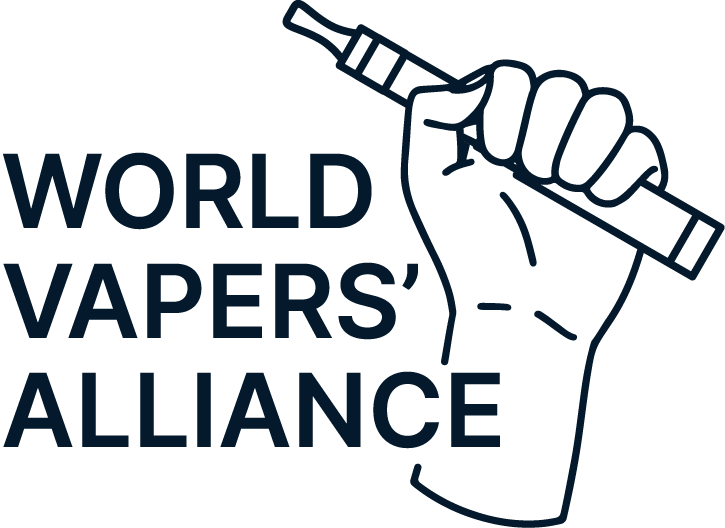Madwar l-Ewropa, it-tipjip jibqa' waħda mill-aktar sfidi urġenti tas-saħħa pubblika, iżda l-approċċ tal-UE biex jintlaħaq għan ta' mingħajr tipjip jinsab fl-inkwiet. Bl-istrateġiji attwali kontra t-tnaqqis tal-ħsara, l-UE hija mbassra li titlef il-mira tagħha li tilħaq rata ta’ tipjip 5% sal-2040 — b’60 sena sħaħ. Pajjiżi bħall-Ġermanja għad għandhom rati ta’ tipjip ta’ madwar 30%, u 15% ta’ adolexxenti qed ipejpu wkoll. Din id-dejta tissuġġerixxi li l-approċċi eżistenti, speċjalment miżuri stretti kontra l-vaping, mhux biss fallew iżda jistgħu jkunu qed jaggravaw is-sitwazzjoni. Minflok ma jevalwaw mill-ġdid dawn il-politiki ineffettivi, xi dawk li jfasslu l-politika tal-UE qed jirduppjaw billi jipproponu restrizzjonijiet saħansitra aktar stretti, inkluż il-limitazzjoni tal-aċċess għal alternattivi ta’ nikotina inqas ta’ ħsara bħall-vaping, boroż tan-nikotina, u prodotti tat-tabakk imsaħħan. Hija strateġija inkwetanti, speċjalment meta għażliet aktar sikuri qed jiġu ristretti filwaqt li s-sigaretti tradizzjonali jibqgħu aċċessibbli.
B'kuntrast, mudelli ta' suċċess għat-tnaqqis tal-ħsara fl-Iżvezja u n-New Zealand kisbu rebħiet sinifikanti tas-saħħa pubblika billi ħadu approċċ kompletament differenti. Minflok sempliċement jimponu projbizzjonijiet, dawn il-pajjiżi ppermettew lil min ipejjep jaqilbu għal prodotti inqas ta 'ħsara bħal snus, vaping, u boroż tan-nikotina. L-Isvezja, pereżempju, għandha l-inqas rati ta' tipjip fl-Ewropa u naqqset drastikament ir-rati tagħha ta' mard relatat mat-tipjip, inkluż il-kanċer. Billi tappoġġja l-aċċess għal alternattivi inqas ta’ ħsara, l-Isvezja wriet li t-tnaqqis tal-ħsara jaħdem u li politiki pragmatiċi u favur il-konsumatur huma essenzjali biex jinkoraġġixxu lin-nies jieqfu jpejpu.
In-New Zealand toffri eżempju konvinċenti ieħor ta' tnaqqis effettiv tal-ħsara. Fl-aħħar ħames snin, New Zealand irnexxielha tnaqqas bin-nofs ir-rata tat-tipjip tagħha, l-aktar billi tiffoka fuq alternattivi aċċessibbli u regolati. Illum, il-pajjiż jinsab fit-triq it-tajba biex isir il-pajjiż li jmiss biex jikseb status ta' ħielsa mit-tipjip, b'inqas minn 5% ta' adulti li jpejpu. Is-suċċess ta' New Zealand huwa xhieda tal-effettività ta' prodotti tan-nikotina regolati u mnaqqsa b'riskju għall-konsumatur biex iwasslu riżultati aħjar u aktar mgħaġġla għas-saħħa pubblika. Billi pprijoritizza politiki bbażati fuq ix-xjenza li jindirizzaw il-ħtiġijiet ta' min ipejjep, New Zealand wriet li regolamentazzjoni sensibbli ta' alternattivi aktar sikuri tista' tmexxi bidla sinifikanti, u tnaqqas malajr ir-rati tat-tipjip.
Hekk kif l-UE qed tkompli tiffaċċja politiki ineffettivi, l-esperjenzi tal-Isvezja u tan-New Zealand joffru pjan direzzjonali konvinċenti. Minflok ma jirrestrinġu alternattivi aktar sikuri, dawk li jfasslu l-politika tal-UE għandhom jiffokaw fuq it-tnaqqis tal-ħsara appoġġjat mill-evidenza. Qafas regolat li jiddistingwi bejn it-tipjip u alternattivi aktar sikuri jista' jgħin lill-UE tagħmel passi reali lejn futur aktar b'saħħtu u mingħajr tipjip.







